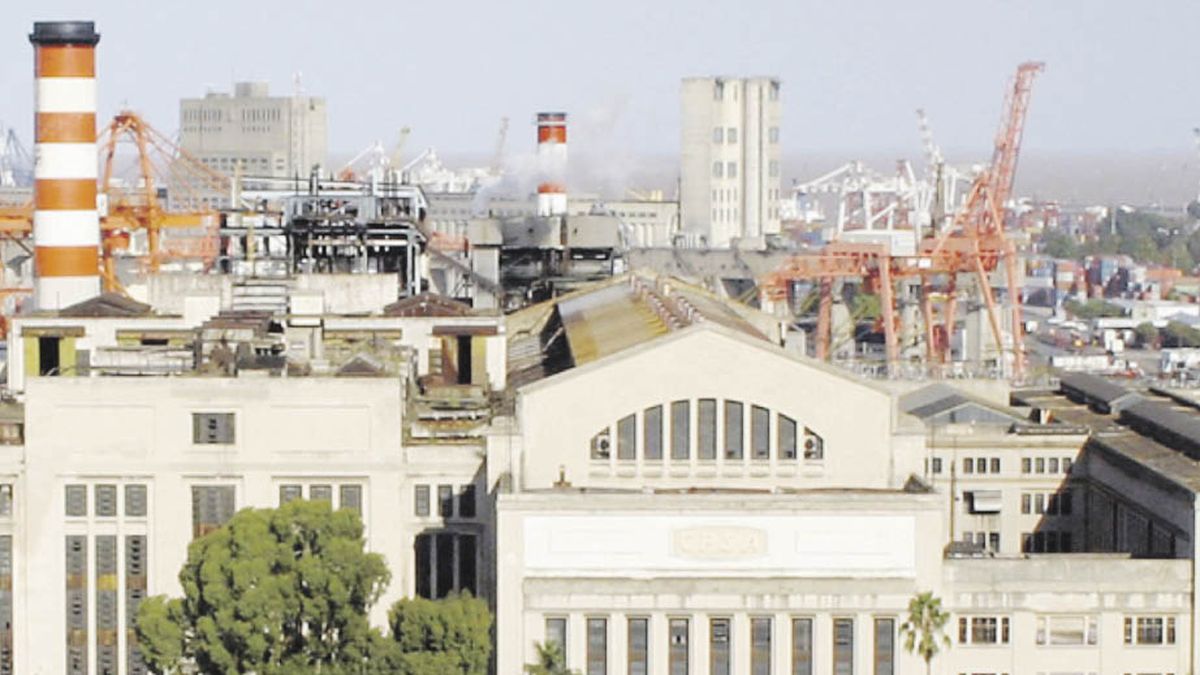The reduction in spending on subsidies will continue in 2023, according to what the Budget proposes, although the share of these in the primary deficit is likely to rise.
In this regard, an analysis of the Argentine Association of the Budget and Public Financial Administration (ASAP), reveals that spending on energy subsidies will increase by 43% compared to the budget credits planned for 2022. That implies a real drop of 7 points if the projection of 60% inflation foreseen in the bill is met.
ANDn terms of Gross Domestic Product (GDP), according to ASAP, subsidies will fall half a point, from 3.1 expected this year, to 2.6 next year, but not all components of this expense will be reduced. Some will follow a reverse path.
The greatest contraction will correspond to the Administrative Company of the Electricity Wholesale Market (CAMESA), the company that pays the transfers to the distributors. Spending will advance only 24% regarding current credits in the 2022 Budget, to $1.4 trillion, which implies a down 36 points with respect to the inflation projected by the Government.
Secondly, Subsidies for Natural Gas Demand will remain unchanged at $22,958 millionin nominal terms, which implies a strong contraction in real terms based on the increase in prices.
On the other hand, among those that are going to grow above inflation are transfers to the company Integración Energética Argentina (IEASA), who is in charge of the construction of the Néstor Kirchner gas pipeline, which will receive $570,000 million, 80% more than this year.
On the other hand, the Trust Fund for Subsidies for Residential Consumption of Liquefied Petroleum Gas (LPG) of Low-Income Sectors will have $98,261 million, which implies an increase in 189% with respect to the current budget credit.
While, Subsidies for the Natural Gas Offer, known as the Gas Plan, will amount to $132,239 million in 2023, which indicates an advance of 151%. These are incentives for gas production received by companies.
In another aspect, heState aid will have an increasing impact during 2023 on the public administration deficit. They will go from representing 54.2% in 2022 to 60%. This year, there are budget appropriations for energy subsidies totaling $1.5 trillion against an estimated primary deficit of $2.93 trillion. Next year disbursements of $2.28 trillion are expected while the loss would reach $3.74 trillion.
Source: Ambito
David William is a talented author who has made a name for himself in the world of writing. He is a professional author who writes on a wide range of topics, from general interest to opinion news. David is currently working as a writer at 24 hours worlds where he brings his unique perspective and in-depth research to his articles, making them both informative and engaging.




